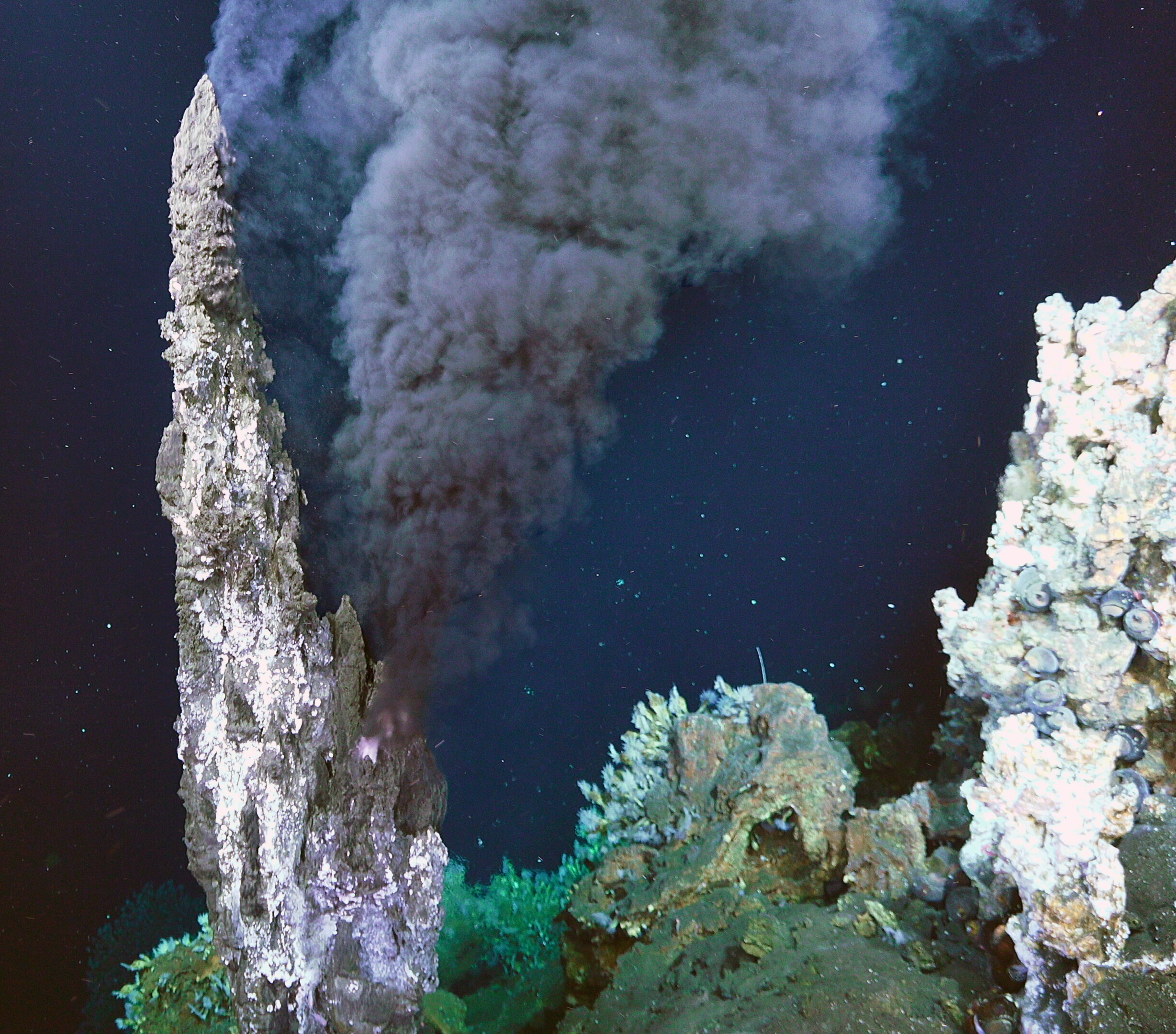Sea to Space Particle Investigation
Dr. Colleen Hansel (Moss Landing Marine Laboratory), who participated in the expedition, has developed an innovative molecular method to sequence the DNA extracted from individually isolated particles connecting organic matter at the surface to that found below (sinking). The innovative method has been adopted by the NASA EXPORTS field program this year. Additionally, during the expedition, images were taken of sinking particles captured in sediment gel traps in order to better understand driving carbon flux. Jessica Sheu, a Master’s student at San Jose State University studying computer science, is working to advance the manual methodology using the existing data to train a machine learning algorithm to assign identifications to the particles.
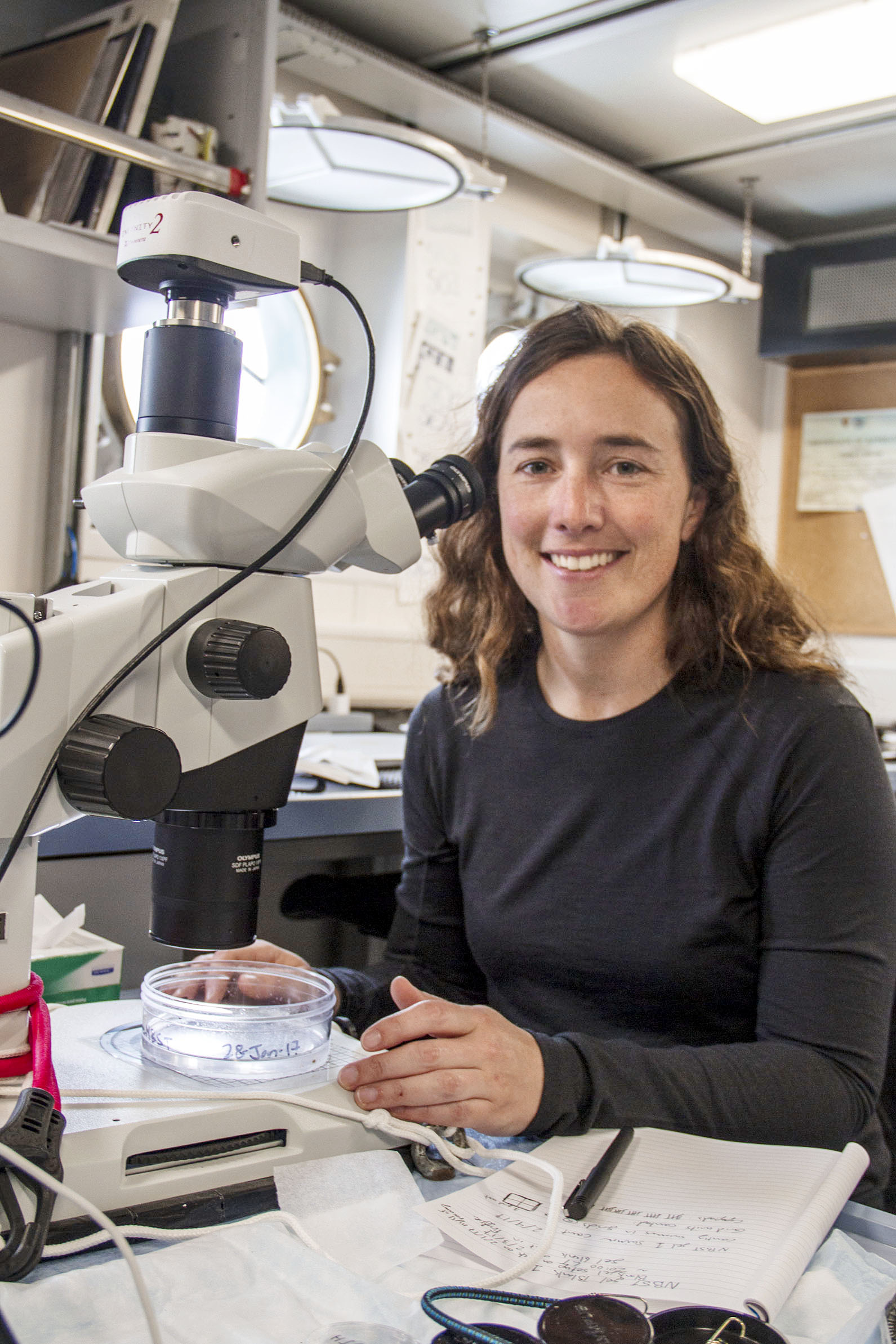
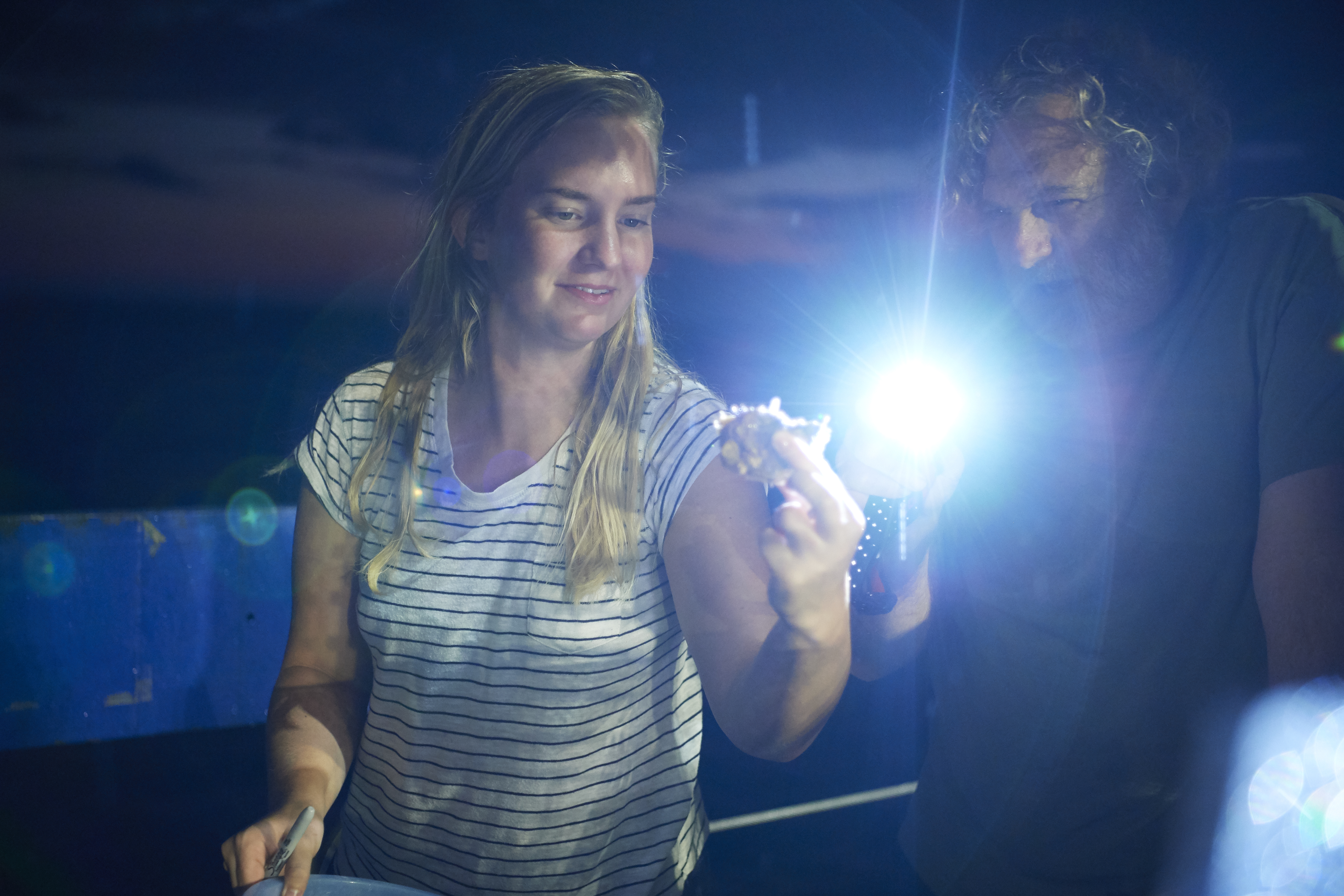
Unraveling Ancient Sea level Secrets
Coral fossils collected on the expedition were a key component of Katherine Herries’ MS thesis, Biogeochemical alteration effects on U-Th dating of Pleistocene corals. Katherine is now a science communications intern at SOI and the data has been shared at a University of Hawaii seminar.
Discovering Deep Sea Corals of the Phoenix Islands
A team from Boston University collected and cultured microbes during their expedition to understand deep-sea coral wound healing. The group has generated preliminary data on 200 bacteria strains and to their knowledge, it is the largest library of its kind; as well as the largest deep-sea lipid A structures. Using cutting-edge techniques in bioinformatics, the strains have been entered into a newly developed data extraction pipeline. This library has the potential to disrupt and transform advances in bioprospecting because, despite the clear clinical importance of bacterial lipopolysaccharide, the field has worked with only a small set of commonly studied bacteria. However, the preliminary results has been demonstrated that exploration of diverse environments (e.g. deep sea) will identify many novel lipopolysaccharide structures.
Other expedition participants at Temple University have analyzed seafloor video footage and generated a preliminary deep-sea coral species distribution dataset between 152 – 2,439 meters for the Phoenix Islands Protected Area. Over 8,000 records of coral occurrences were counted and more than 10,000 new deep-sea coral records were identified. Some species that were previously unknown are undergoing description including rarely observed species, and significant range extensions for known species. Genomic DNA has also been isolated for 121 of the collected corals, providing insight into their phylogenetic diversity. These records will help scientists better understand the oceanographic and environmental factors influencing deep-sea coral community assembly in the protected area.
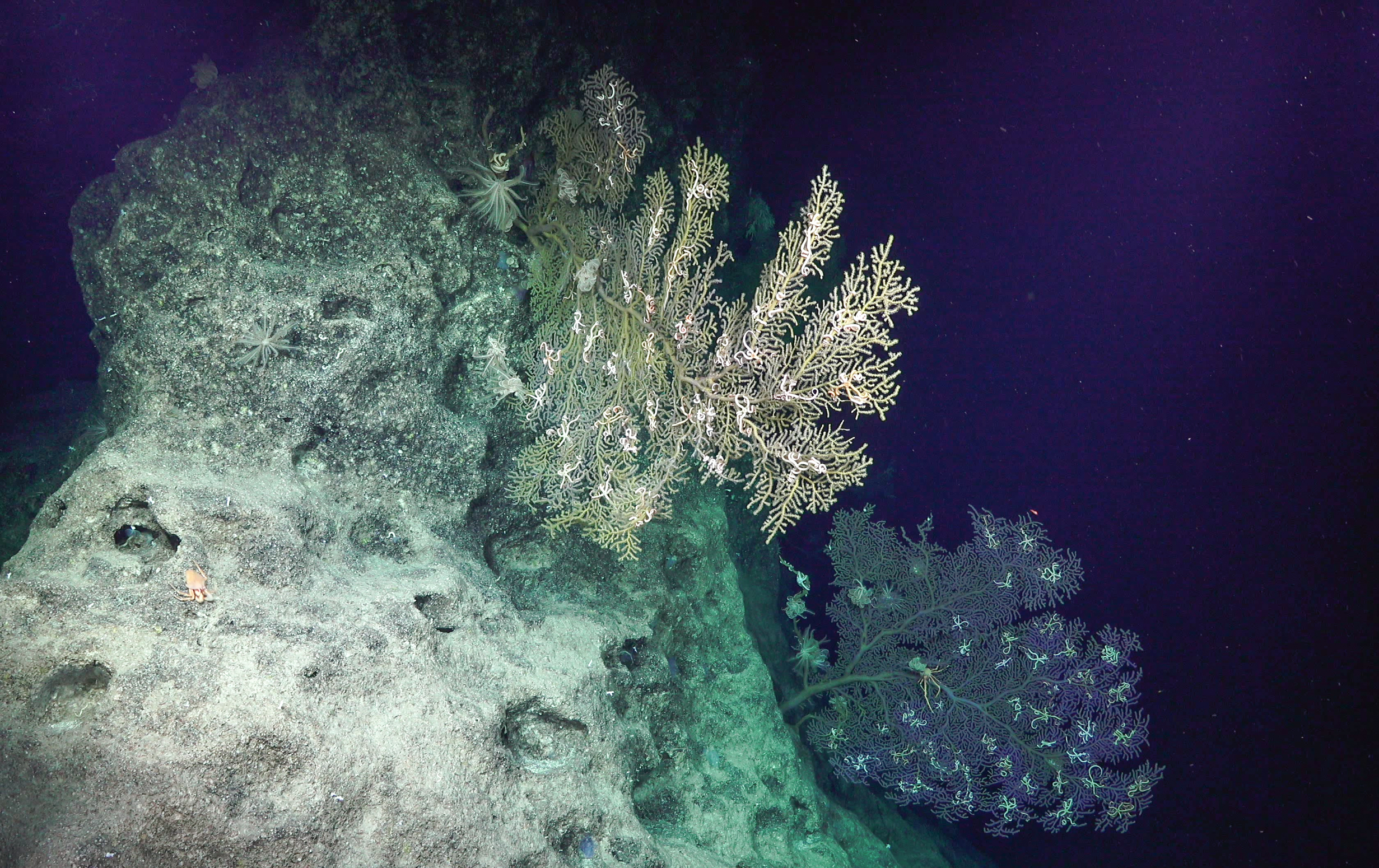
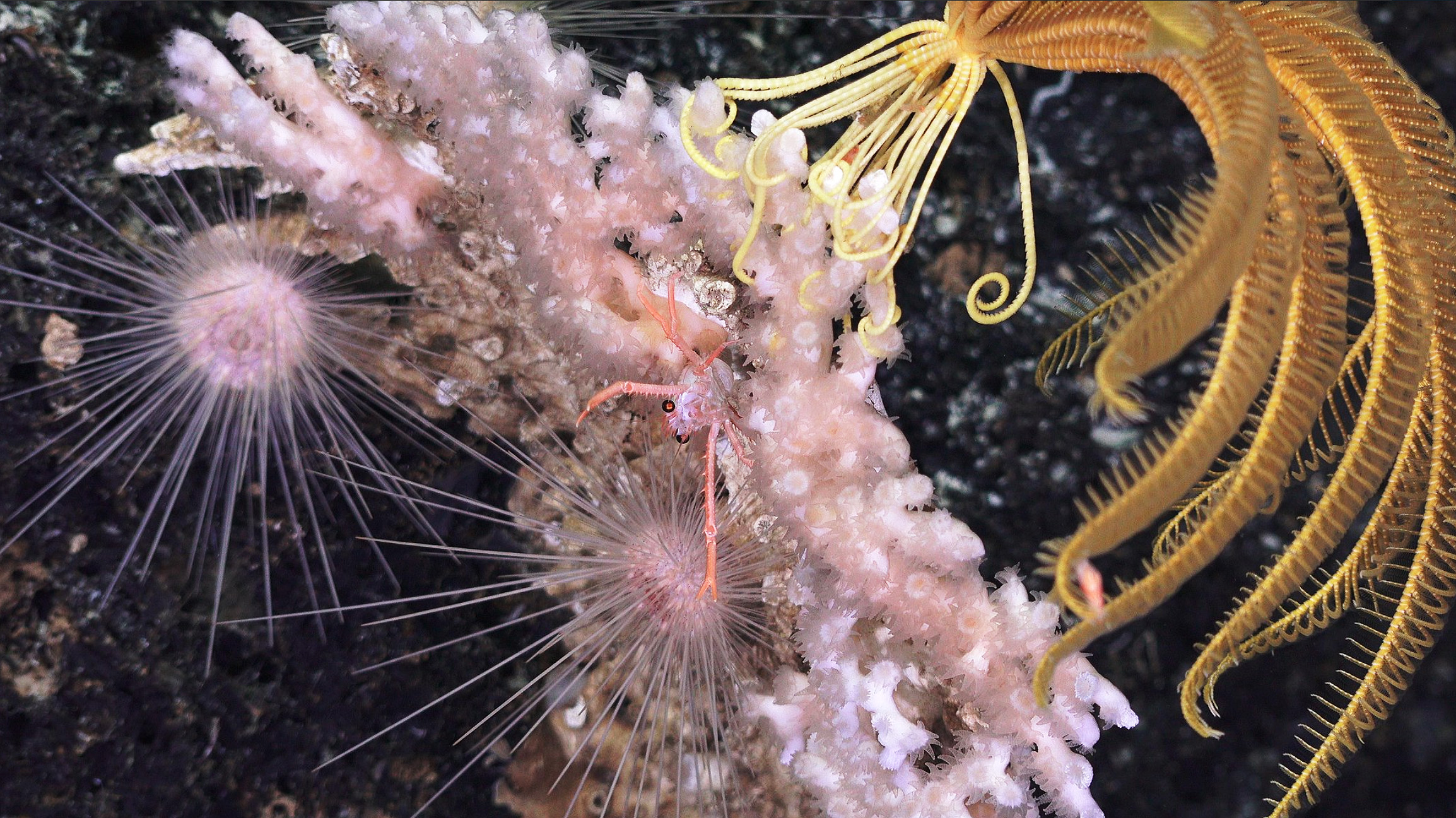
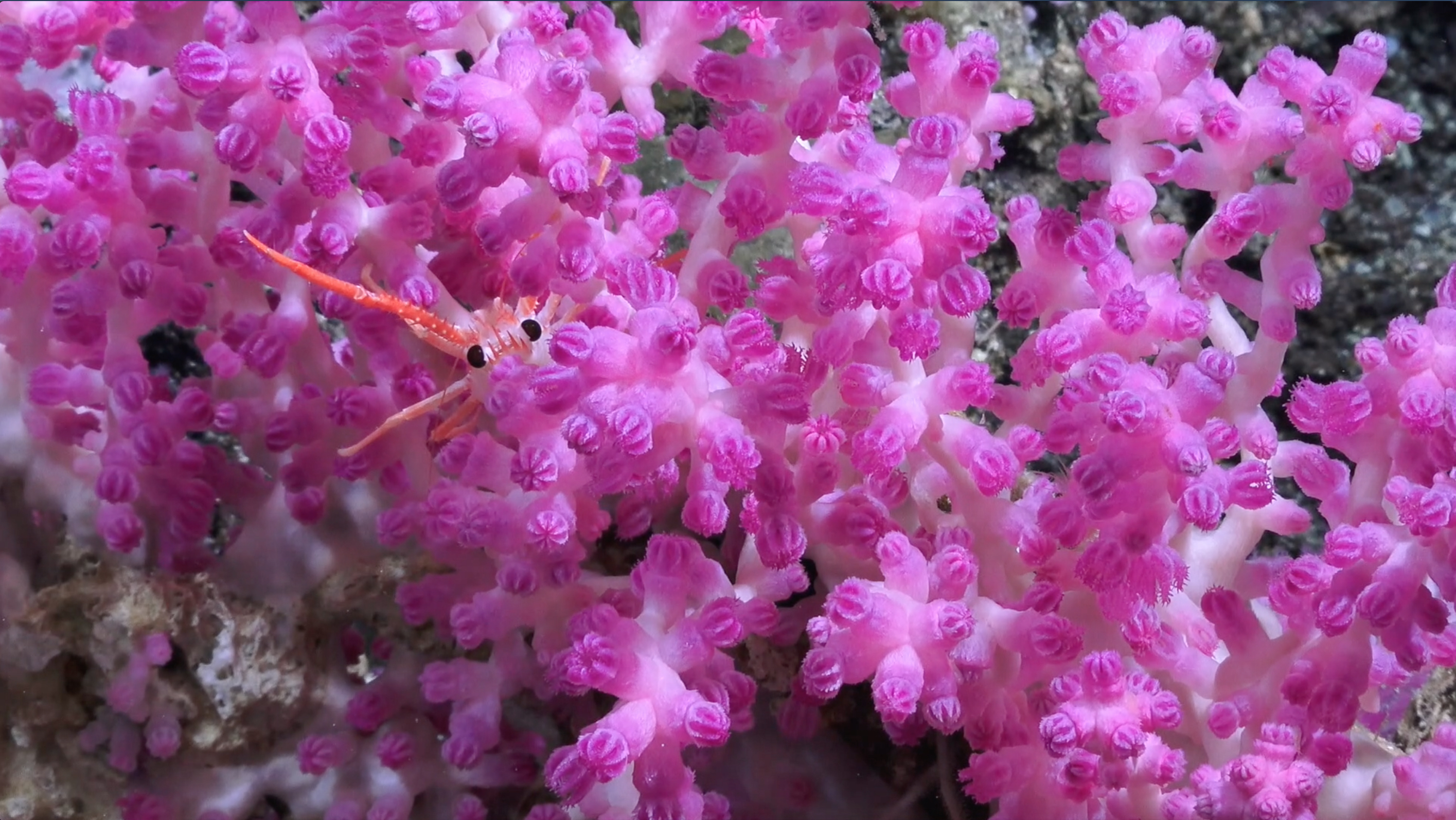
Underwater Fire: Studying the Submarine Volcanoes of Tonga
Rock, biological, and sulfide specimens collected during the expedition have been examined, categorized and curated. The observations were used to inform a subsequent expedition on R/V Sonne that Dr. Rubin participated in. This data has been shared publicly through the article, Exploring submarine volcanoes, published in the October issue of Environmental Scientist and in several presentations.

